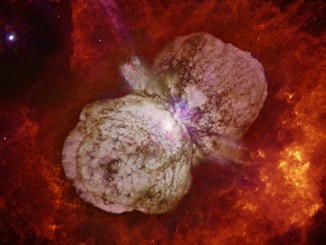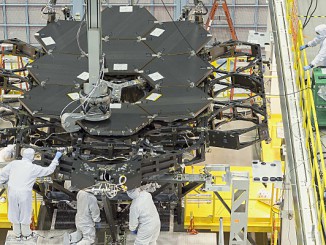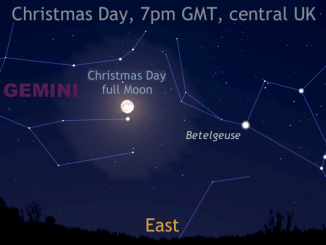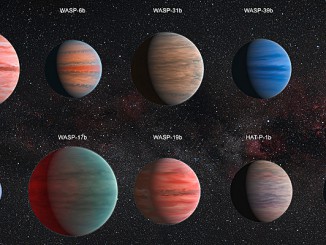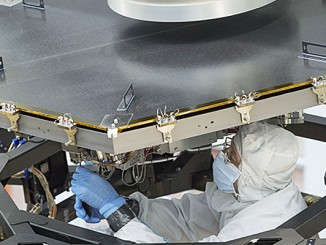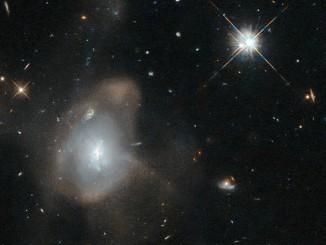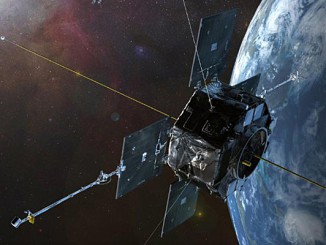
NASA’s Van Allen probes revolutionise view of radiation belts
About 600 miles from Earth’s surface is the first of two doughnut-shaped electron swarms, known as the Van Allen Belts. Understanding the shape and size of the belts, which can shrink and swell in response to incoming radiation from the Sun, is crucial for protecting technology in space. A new study of data from NASA’s Van Allen Probes reveals that the story is a complex one.


